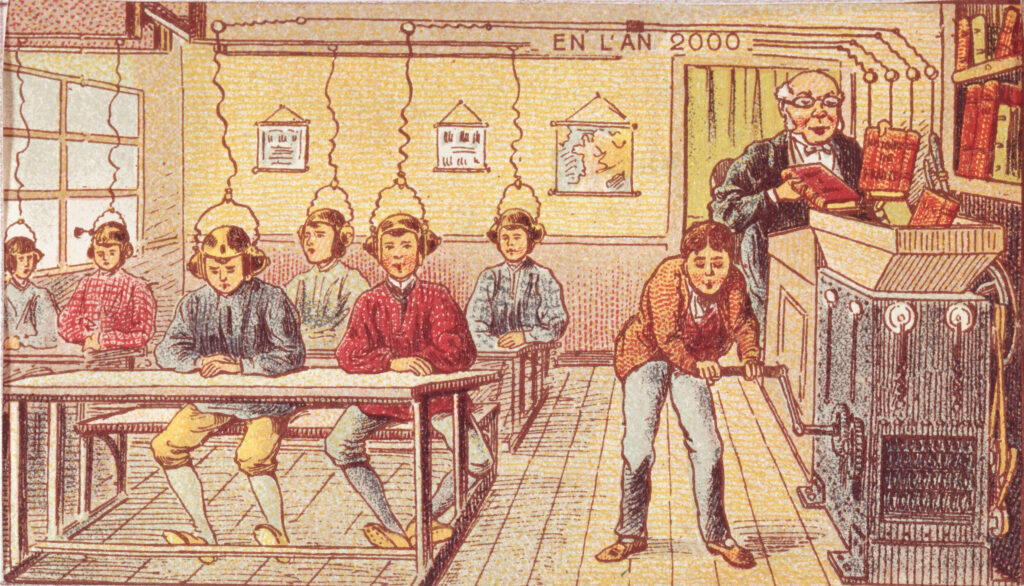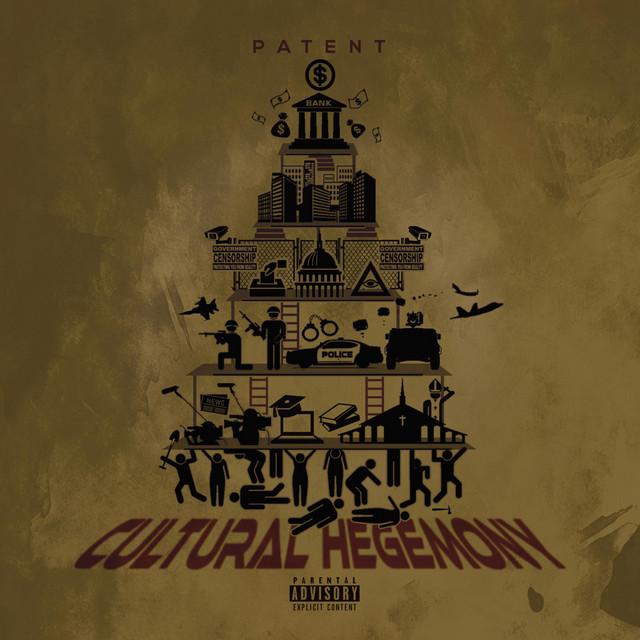Introduction
Cultural hegemony is a concept developed by Italian Marxist philosopher Antonio Gramsci. It refers to the dominance and influence exerted by the ruling class over the beliefs, values, norms, and cultural practices of society. In this article, we explore the concept of cultural hegemony, its mechanisms, and its implications for social power dynamics and cultural diversity.
Understanding Cultural Hegemony
Cultural hegemony goes beyond the notion of political or economic dominance; it focuses on the control exerted by the ruling class over the cultural sphere. Through institutions, media, education, and other means of cultural production, the ruling class shapes and disseminates dominant ideologies, values, and worldviews that serve their interests. This cultural dominance creates a sense of normalcy and perpetuates the status quo.

Mechanisms of Cultural Hegemony
1. Dominant Narratives and Discourses
Cultural hegemony operates through the promotion and dissemination of dominant narratives and discourses that reinforce the interests and values of the ruling class. These narratives shape public opinion, define social norms, and influence collective consciousness.
2. Media Influence
Media plays a crucial role in perpetuating cultural hegemony. Ownership and control of media outlets allow the ruling class to shape public discourse, control the information flow, and shape popular culture. Media influences public opinion, shapes attitudes, and reinforces dominant ideologies.
3. Education and Socialization
Education systems play a significant role in reinforcing cultural hegemony. The curriculum, textbooks, and teaching methods often reflect the dominant ideologies and values of the ruling class. Education acts as a socializing agent, instilling the norms, beliefs, and values that maintain the existing power structures.
4. Cultural Production and Consumption
The production and consumption of cultural products, such as art, literature, music, and entertainment, are also influenced by cultural hegemony. The ruling class controls cultural industries, allowing them to shape the narratives, values, and aesthetics that permeate society. This control limits diverse voices and alternative perspectives.
Implications of Cultural Hegemony
1. Reproduction of Inequality
Cultural hegemony perpetuates social inequality by normalizing the values and interests of the ruling class while marginalizing alternative viewpoints. It reinforces existing power structures, making it difficult for marginalized groups to challenge the dominant narrative and achieve social change.
2. Homogenization of Culture
Cultural hegemony can lead to the homogenization of culture, where diverse cultural expressions and practices are marginalized or suppressed in favour of dominant cultural norms. This homogenization stifles creativity, cultural diversity, and the representation of alternative perspectives.
3. Resistance and Counter-Hegemony
Despite cultural hegemony, resistance and counter-hegemonic movements emerge to challenge dominant ideologies and create spaces for alternative cultural expressions. These movements aim to amplify marginalized voices, challenge power imbalances, and create a more inclusive and diverse cultural landscape.
Frequently Asked Questions (FAQs)
1. Is cultural hegemony always negative?
Cultural hegemony can have negative implications as it perpetuates social inequality and limits diverse cultural expressions. However, it is important to recognize that cultural hegemony is not inherently negative; it depends on how power and influence are exercised and the extent to which alternative voices are suppressed.
2. Can cultural hegemony be challenged?
Yes, cultural hegemony can be challenged through resistance movements, counter-narratives, and grassroots efforts that aim to amplify marginalized voices, promote cultural diversity, and challenge the dominant ideologies and power structures.
3. Are cultural hegemony and cultural imperialism the same?
Cultural hegemony and cultural imperialism share similarities but are not identical. Cultural imperialism refers to the imposition of one culture’s values, beliefs, and practices on another culture, often through political or economic domination. Cultural hegemony focuses on the dominance of the ruling class within a society and the control they exert over cultural production and dissemination.
4. How does cultural hegemony affect cultural identity?
Cultural hegemony can impact cultural identity by marginalizing or erasing alternative cultural expressions and identities. It can lead to the adoption of dominant cultural norms and values, potentially eroding distinct cultural identities and practices.
Conclusion
Cultural hegemony is a powerful force that shapes our beliefs, values, and cultural practices. It reflects the control exerted by the ruling class over the cultural sphere, perpetuating social inequalities and limiting diverse cultural expressions. However, resistance movements and counter-hegemonic efforts offer hope for challenging dominant ideologies and creating a more inclusive and diverse cultural landscape.
============================================


